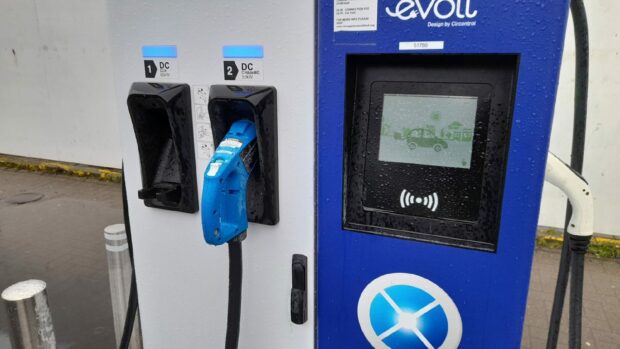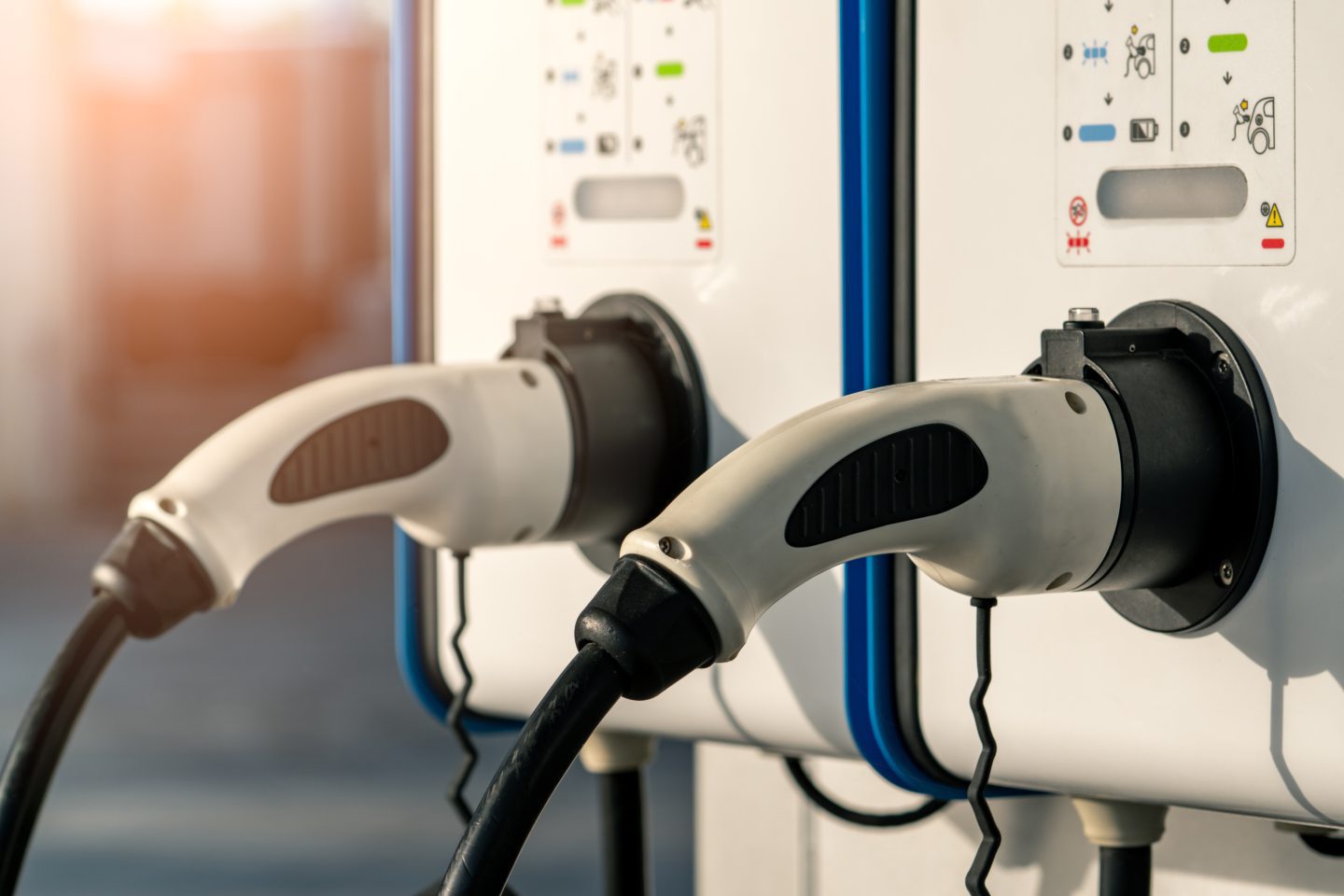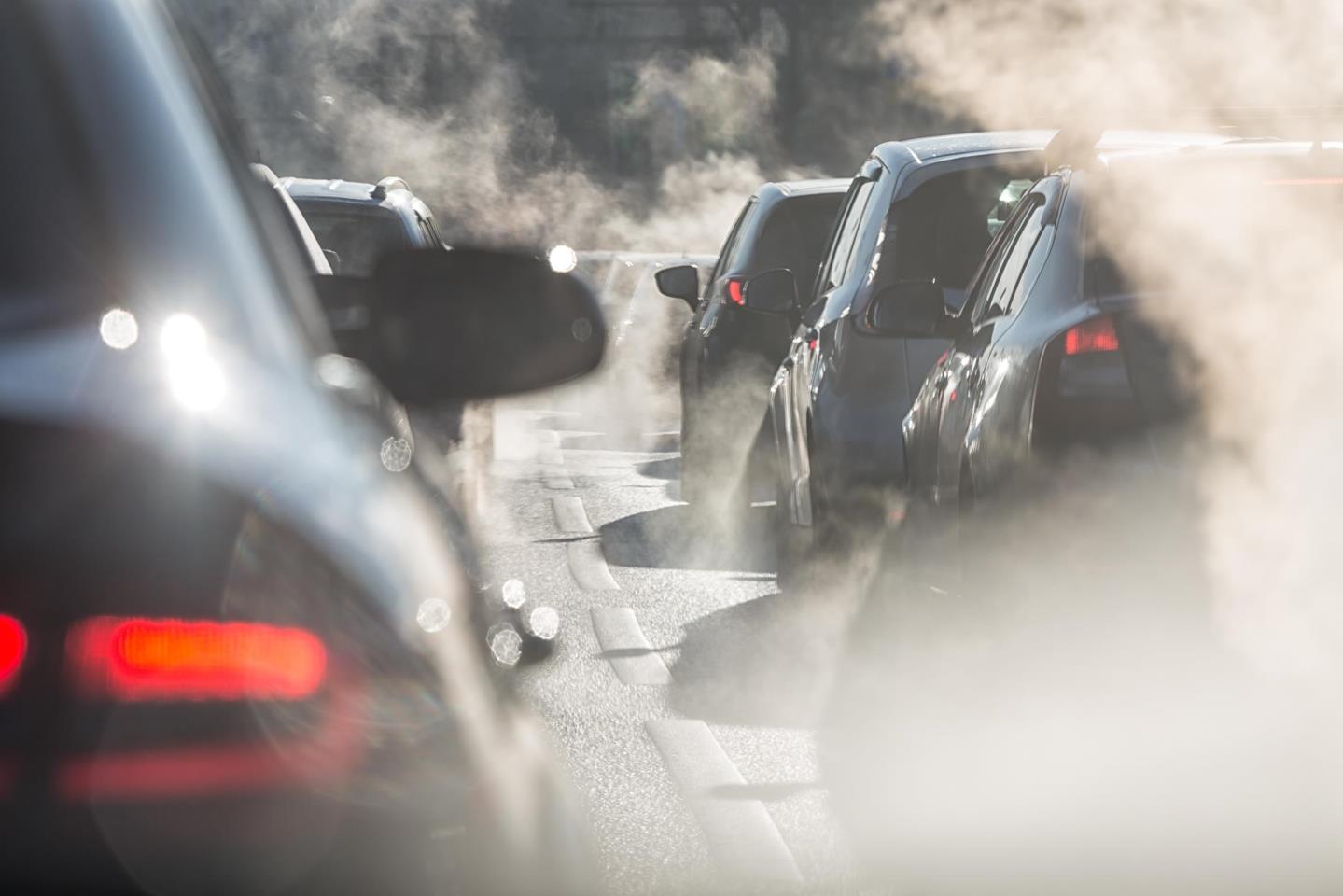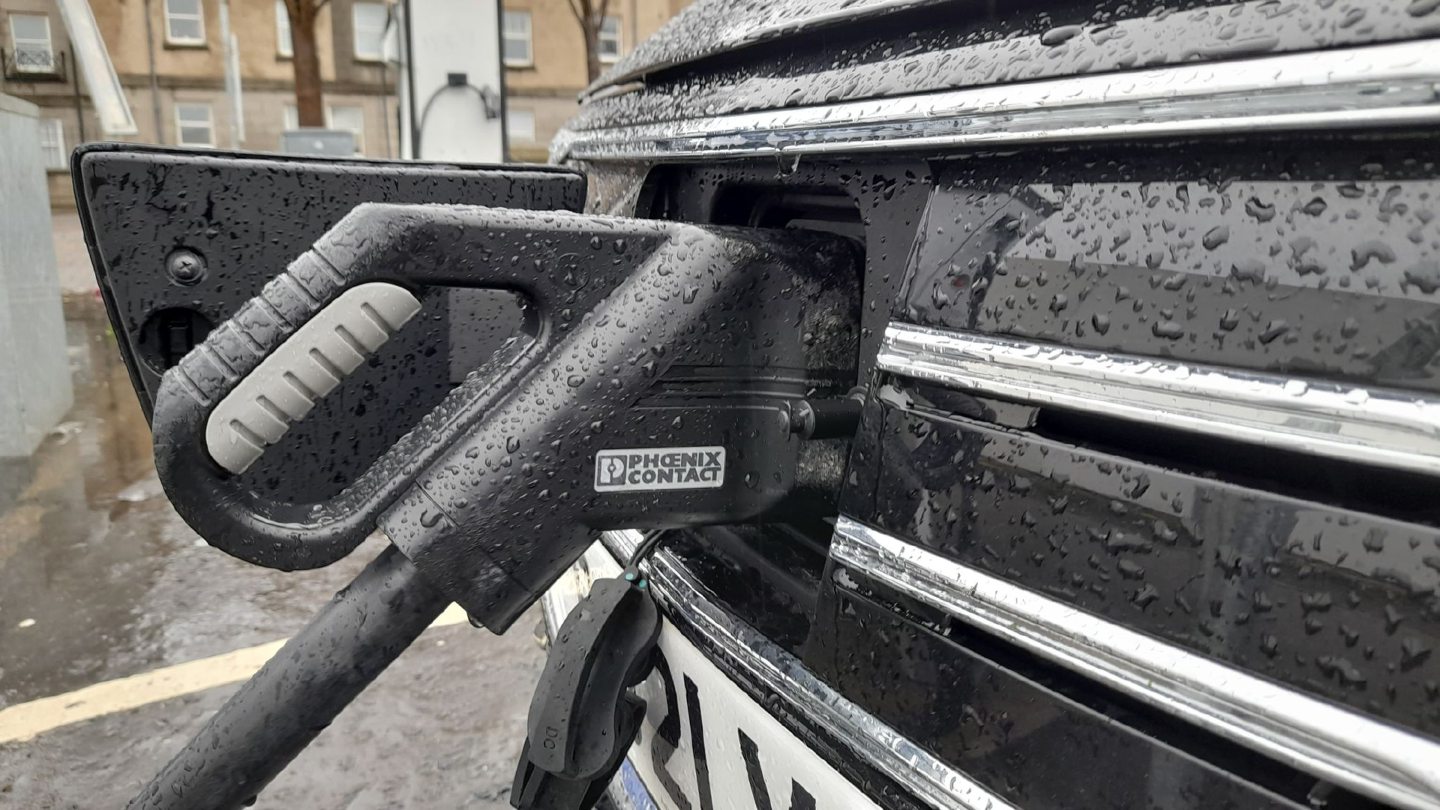Increasing tariffs for rapidly charging electric vehicles could encourage drivers to opt for petrol or diesel cars instead — and impede climate change targets, it has been argued.
This week, Highland councillors considered a recommendation to almost triple the cost of using its rapid charging points, from £0.30 per kilowatt hour, to £0.86.
This change would make the council’s fast chargers some of the most expensive in the country, and would put up the cost of fully charging a regular electric vehicle (EV) with one from £12 to £34.
A decision on the suggested hike was deferred, but such a change would make it cheaper to use a car powered by fossil fuels than use the Highland Council’s rapid charging infrastructure in some cases.
The charging point mapping website Zap-Map has its own journey cost calculator, where you can compare the cost of driving a regular petrol or diesel car with a battery-powered one.
A 109-mile journey from Inverness to Thurso, according to the calculator, would cost you £34 in total, at a rate of £0.31 per mile in an electric Nissan Leaf using £0.86 per kilowatt hour rapid charging points.
But using a petrol-powered Ford Fiesta, the same journey would be just £18, at a cost of £0.16 per mile and with petrol costing £1.64 per litre.
Fears for 2030 date when fossil fuel cars and vans will be phased out
The UK and Scottish Governments are both pledging to phase out the need for new petrol and diesel cars and vans by 2030, in order to reduce our overall carbon footprint.
But fears have now been raised that uptake of electric vehicles in the future could prove slow if EV costs go up.
Gavin Thomson, transport campaigner at Friends of the Earth Scotland, said that “running electric cars is much cheaper than the high and unpredictable costs of fossil fuels, and it needs to stay that way”.
He said he thinks that a “huge spike in the cost of charging electric vehicles is likely to put off new users”, and argued that we are currently in a time when “we need to rapidly move to sustainable transport and electric vehicles”.
According to Transport Scotland, transportation is Scotland’s single biggest contributor to climate change, “emitting over a quarter of all our greenhouse gas emissions”.
And of that quarter, “the largest share of transport emissions come from cars, accounting for 38%”.
Gavin continued: “We urgently need to make big changes to how we get around.
“While reducing car use by investing in walking, cycling and public transport is crucial to this, certain journeys will still need private cars, which is why transitioning to electric vehicles is so important.”
‘Sudden, huge’ increases will ‘almost certainly slow down uptake’
Neil Greig, from IAM Roadsmart (formerly the Institute of Advanced Motorists) argued that those who choose to use an EV should feel safe in the knowledge that charging costs won’t “suddenly spiral”.
He said: “Sudden, huge increases in the cost of EV charging will almost certainly slow down uptake, in our view.
“EV drivers need the same consumer protections as traditional drivers with clear pricing displays, easy payment options such as contactless, and the knowledge that prices won’t suddenly spiral.”
Rapid EV charging costs have been increasing overall this year
While costs of using home chargers remains generally much lower than fuelling up a petrol or diesel vehicle, rapid chargers has been becoming more of a costly method of filling up your EV.
Zap-Map estimated that in September this year, the average price for using a rapid or ultra-rapid charging point was £0.56 per kilowatt hour, up from £0.49 in June.
Melanie Shufflebotham, co-founder of Zap-Map, said: “Rapid and ultra-rapid chargers are generally more expensive, but very few EV drivers will use these exclusively, instead using a mix of at-home and public slow/fast chargers.
“It does emphasise the need for plentiful public on-street slow and fast charging and fairer costs to use public chargers, which currently include a higher VAT rate than electricity at home.
“Both of these are issues which need to be addressed for the widespread adoption of electric vehicles in the run-up to the 2030 deadline.”
Rapid chargers more important for rural communities
Drivers who don’t need to go very far very quickly can rely on slower charging units, or their home chargers.
But for those living in rural areas like the Highlands, rapid chargers are more a necessity than a choice.
Compared to slower chargers, which can take hours and hours to fully fill your battery, the faster chargers can do so much more quickly.
So for those undertaking lengthy journeys, every second spent charging must be as efficient as possible — unless you can afford to arrive at your destination hours late.
Highland councillor Patrick Logue, himself an EV driver, said increasing rapid charging costs would go against the council’s net zero targets.
He said: “With electric cars currently representing less than 1% of all Highland vehicles, making it actively cheaper and easier to continue driving petrol and diesel cars directly contradicts the council’s stated climate ambitions.”
Patrick says that the issue of rising charging prices compounds with other problems plaguing EV drivers, like finding the charging point you need in order to complete your journey is broken.
Such problems, he says, can really put people off swapping to the more eco-friendly transport option of driving an EV.
He continued: “As an EV driver of more than two years I can’t count how many times I have arrived at inoperable chargers.
“Often times it’s more of a surprise when one is working than when it is broken.
“I can’t see many people putting up with that kind of inconvenience, and the higher upfront cost of EVs.”







Conversation